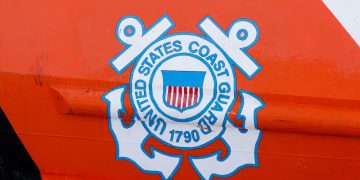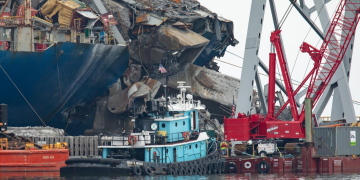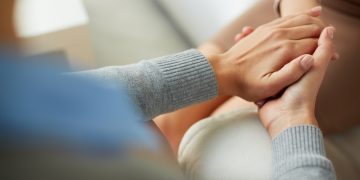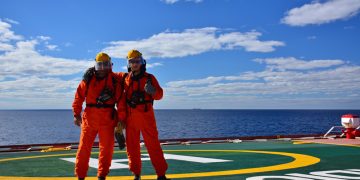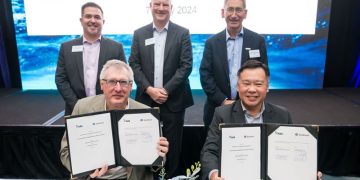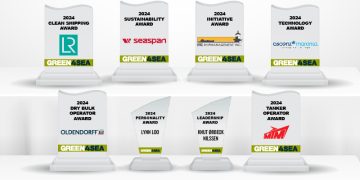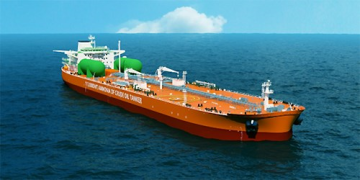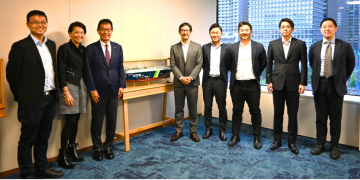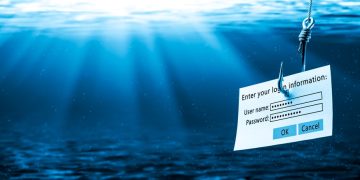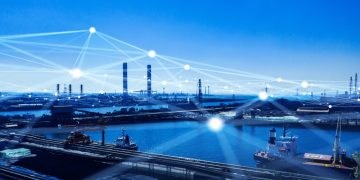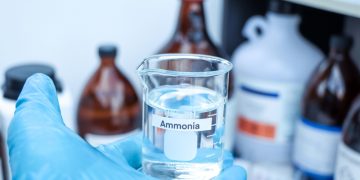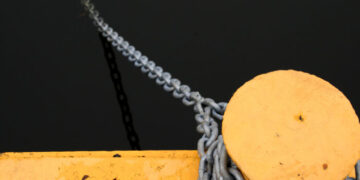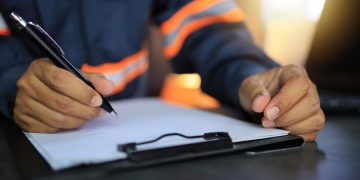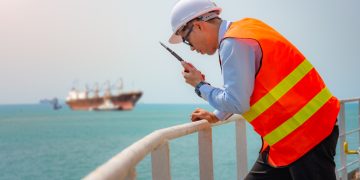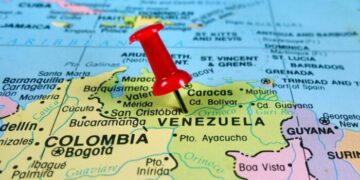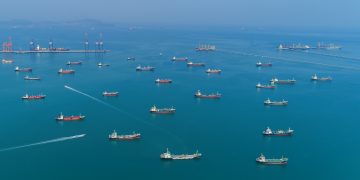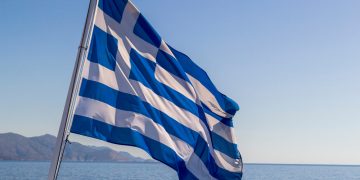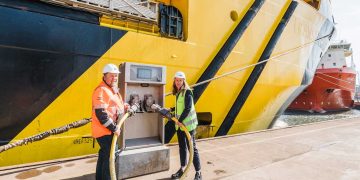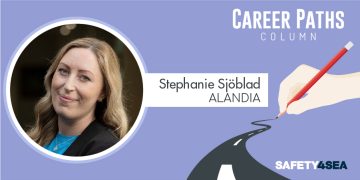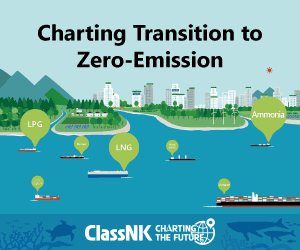Profitable technologies to be compliant with environmental regulations
Motivated by stricter environmental regulations, growing pressure to reduce greenhouse gas emissions, rising fuel costs, and availability of new energy sources the shipping industry is forced to consider alternative fuels and new technologies. Battery ready vessels might be one of the alternatives. There are a number of alternative fuels or energy carriers that can be used in shipping, all with different benefits and challenges. What fuel a shipping company should choose for a specific vessel depends on a variety of factors, including ship type, operational profile, and trading pattern. A vessel ordered today will still operate in the 2030s, in a world with unknown fuel availability, fuel prices, and regulatory requirements. Making the wrong fuel choice today can have major implications for the commercial performance of a ship over the next decades, including tradability and the second hand value. DNV GL is offering services tailored to assist ship owners in their selection and implementation of technology. DNV GL has evaluated more than 20 different LNG ready' cases, covering bulk carriers, chemical tankers, general cargo carriers, container vessels, fast ferries, gas carriers, and a heavy lift vessel. DNV GL is now also using the approach to evaluate whether vessels are battery ...
Read more



